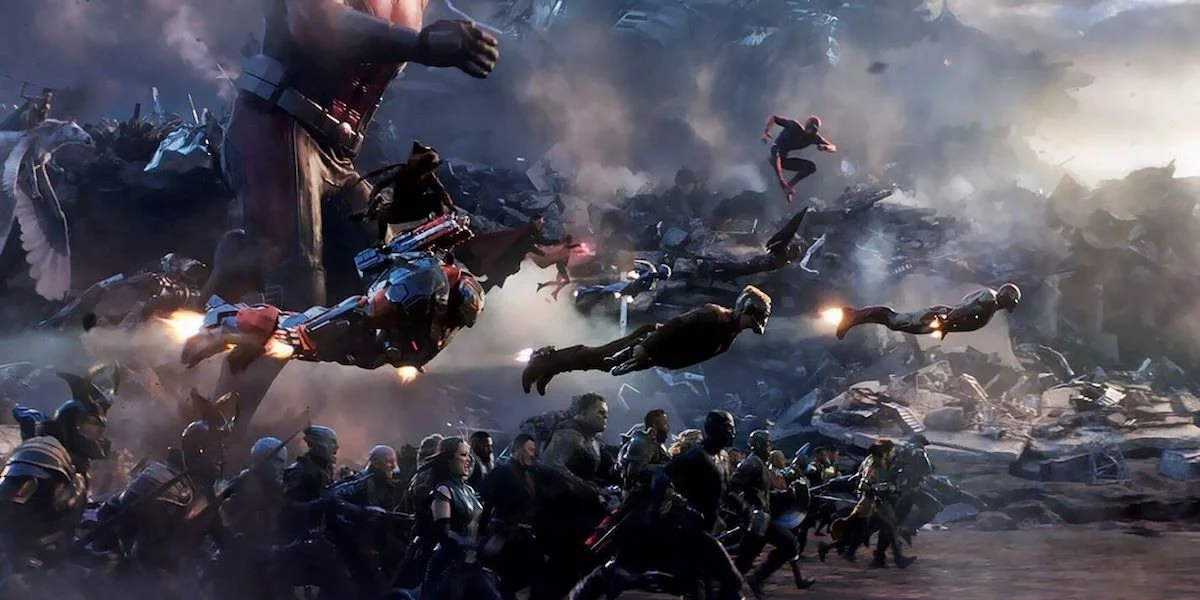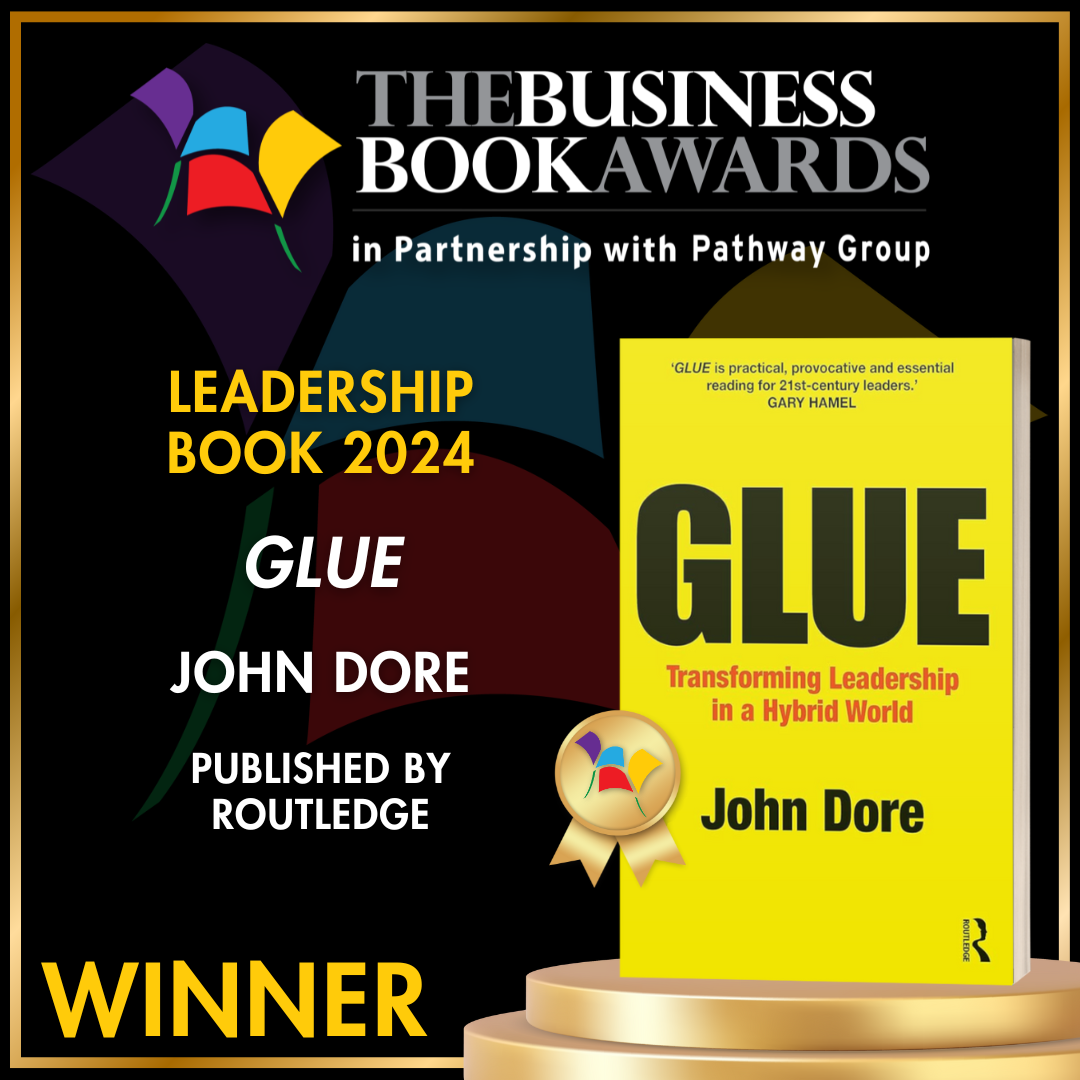In A World of Pandemic – what we can learn from cinema
/While many sectors have felt the devastating impact of disruption in recent months, the motion entertainment industry, might just have built enough innovation and resilience into its model to survive.
Rather than being cornered into a knee-jerk reaction and sudden pivot to digital; the content producers still earn revenues through sophisticated global digital distribution platforms. Netflix, Apple TV, Hulu, Disney Plus, Amazon Prime have all benefited from a global lockdown: as we’re stuck at home and hungry for content and distraction. Meanwhile, live music and ‘higher-brow’ alternatives like drama, musical theatre and opera, are scrambling to earn any revenues in a YouTube world where “everything is already free”.
It’s not all positive for content creators. A long production freeze will be costly and focus the minds of all players (though New Zealand may benefit from an early opening of facilities) and there is already a dearth of new content. Movie theatres are in big trouble and some are spoiling for a post-Corona fight with Studios, some of whom provided new titles hastily to online audiences. But subscription platforms have been overwhelmed with demand; so much so that Netflix throttled streaming quality in Europe.
The seeds of resilience were sown in the past
Picture the scene. Hollywood, California. The year is 1919. The halcyon days of black and white silent movies. A group of ambitious film actors and directors, including Charlie Chaplin and Mary Pickford, launch a new venture called United Artists (UA). Their disruptive idea was to let actors control their own interests, rather than being wholly tied to commercial studios and from that idea UA was born. In the 100 years since, UA has been bought, sold, restructured and renamed numerous times, but still, some ten decades later (including a brief interlude being owned by Tom Cruise) it continues in a new form as United Artists Releasing. Today UA is a digital IP distribution vehicle, creating exclusive online content for Walmart’s ‘Vudu Movies on Us’ service. In an industry repeatedly confronted by change and disruption, it is a remarkable tale of evolution, adaptation and survival.
But more remarkable is that UA is not alone. While the Studio mega-mergers have shrunk their numbers, Hollywood’s production slates remain chalked with familiar brand names (Warner Brothers, Paramount, Universal, Disney) that have somehow survived, in one form or other, for a century or more; producing moving pictures, distributing entertainment, making stars and creating box office. Behind this there are numerous stories, like that of UA, which began with smart innovation and grew from there.
In the same year that Chaplin signed with United Artists, a few blocks away, Harold Lloyd began holding “test screenings” of his films and modifying them based on audience feedback, a practice which continues today. Across town, William Fox, founder of Fox Film was busy building cinema houses and investing in a new concept called “sound on film”. But disruption reared its head and following the Wall Street Crash, Fox merged with Twentieth Century Pictures to form 20th Century Fox. This new Fox survived World War II, before thriving as cinema audiences grew globally and was acquired by Rupert Murdoch in 1985. In March 2019, 100 years after Chaplin and Fox were pitching ideas and production technologies, 20th Century Fox was sold by Murdoch to The Walt Disney Company for around $70 billion; the biggest deal in the history of motion entertainment. After 100 years the Fox was finally consumed by a Mouse.
The future is happening faster
Such longevity is perhaps not normally associated with “creative” industries, but creativity seems to have built in more resilience than we might imagine. Disruption, innovation, new technology, digitisation, societal change and globalisation have meant a continual process of formation and destruction, impacting whole industry sectors, renowned brands and business giants. To illustrate, of the Fortune 500 companies first listed in 1955, some 90% of them no longer make the list today.
Every decade in the last hundred has had its share of seismic shocks, those ‘black swan’ moments with devastating outcomes for businesses regardless of their stature. The health consequences of the COVID-19 pandemic are already quantifiably terrible; the economic consequences are predicted to be devastating for a whole generation. But was this sudden dramatic impact on some businesses so wholly unpredictable? Did the pandemic just dramatically hasten the inevitable to happen? Before we had heard of COVID-19, was the sheer bloody-awfulness of budget air travel really the zenith of human innovation? Was standing in a muddy field queueing for a portacabin toilet the highpoint of a music lover’s life? Was travelling for weeks cocooned on a crowded Cruise liner ever really that great? Did footballers really need to be paid £300,000 a week?
Invest in both online and offline
50 years after Chaplin made The Gold Rush for United Artists, a building in Toronto housed the world’s first iMax cinema, providing what would become both a glimpse of the future and the summit of the past of theatrical experience. But innovation did not end there. In this century, the traditional studios and theatres, bolstered by new audiences and the vast dollars of its digital platform providers, has meant investment in BOTH analogue and digital distribution. If you went to a cinema in the UK just fifteen years ago it was a pitifully tired experience. Sticky floors, smelly toilets, predictable programming and underwhelming sound and visuals. There has been a renaissance in cinema going that has mirrored the growth in on-demand digital offerings. Now you have choice: retro-chic at boutique Picture house, 24-hour venues, free-parking, drinks, film clubs, high-definition sound, 4D experiences. If you want to pay more, there are extraordinary iMax 3D venues and the “Lux” offerings with comfy sofas, waiters and fine dining. A huge change from the ABC I knew growing up! In the past 50 years, the industry has built both the nuclear bunker (global digital distribution) and still created new pleasure domes (great new theatres) at the same time. The strategic lesson is that cinema saw digital disruption as both an opportunity and a threat. Being imaginative in its response to both has proved to be its saviour.
Some hope from the past
When Chaplin launched UA, it was only twelve months after the first spring outbreak of the 1918 Influenza Pandemic and the world was still at war. Just as today in 1918, movie theatres in the US were forced to close. Many smaller film companies went out of business and production was halted, as there were no theatres open for audiences – and clearly, in 1918, Hollywood did not have a global digital distribution platform to weather the storm. Some commentators doubted if the cinema would ever have a future. But post-pandemic and post-war, the actors and directors and producers and their investors became re-aligned around a few powerhouse Studios. By being newly refocused on a new audience appetite for extraordinary storytelling and armed, first with sound, then with colour, the Golden Age of Hollywood was born.
Which made me wonder, how many industries today will draw upon a post-Pandemic wave of pent up demand, not just re-start their business, but to transform it in ways that make it resilient for the future?







